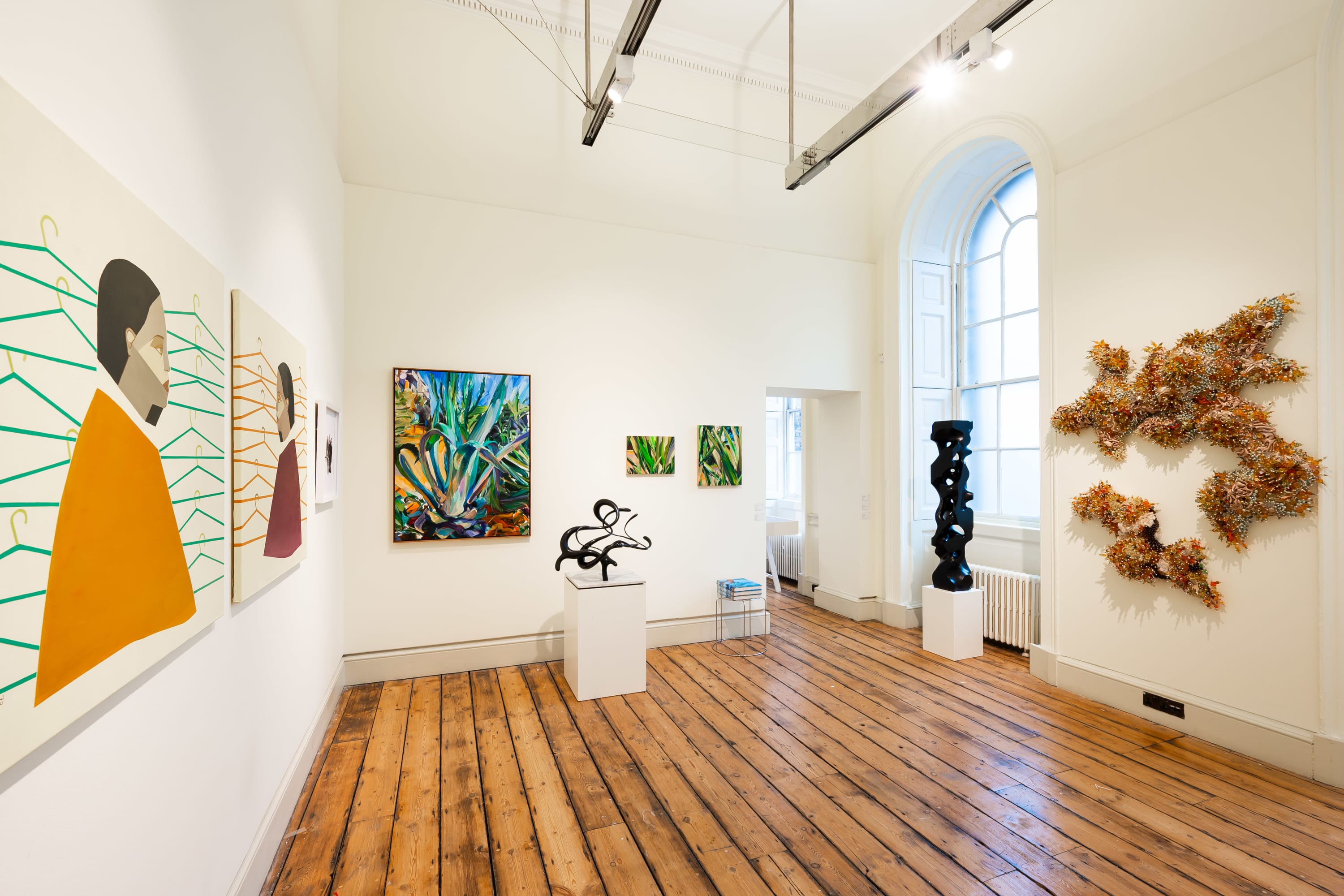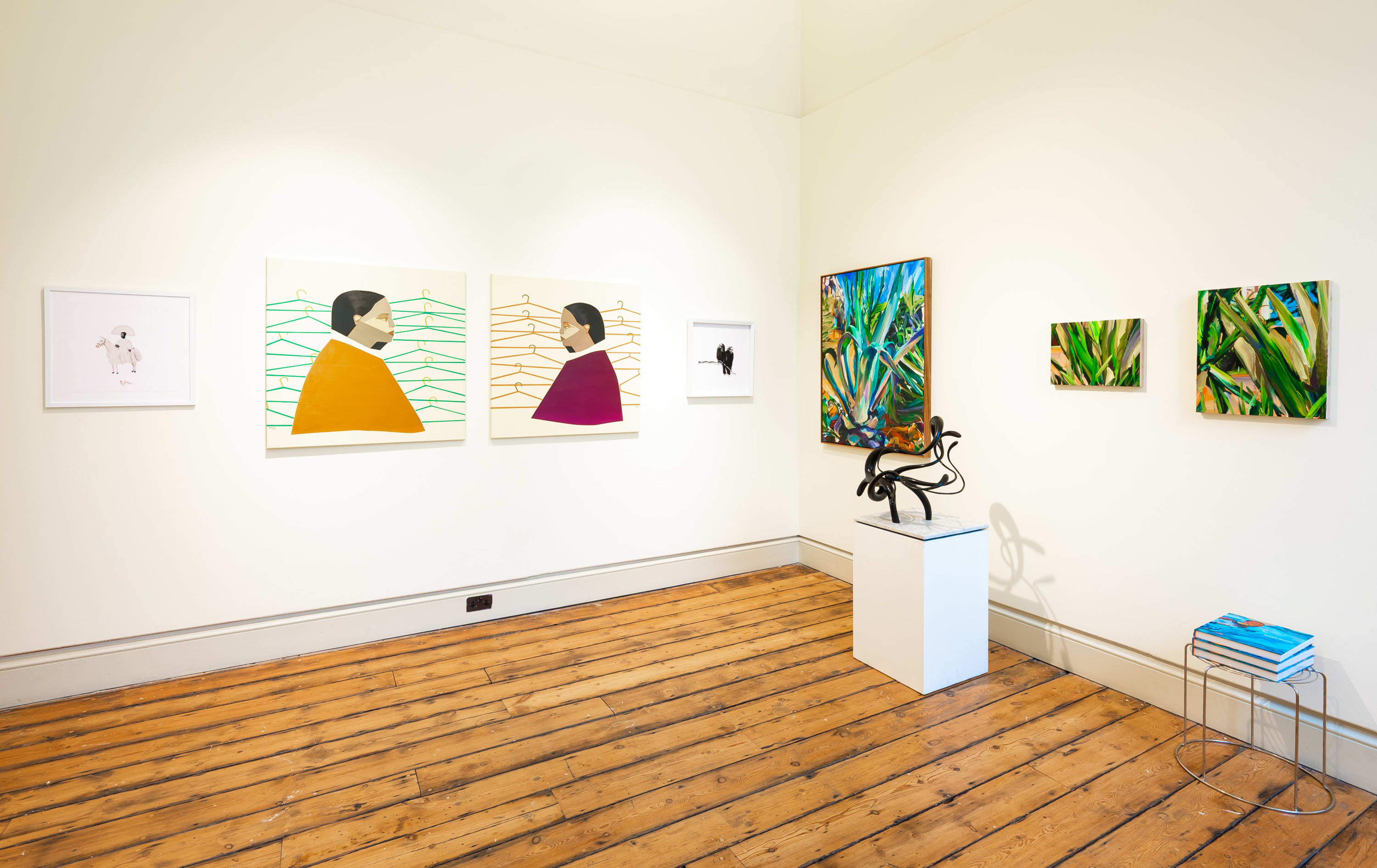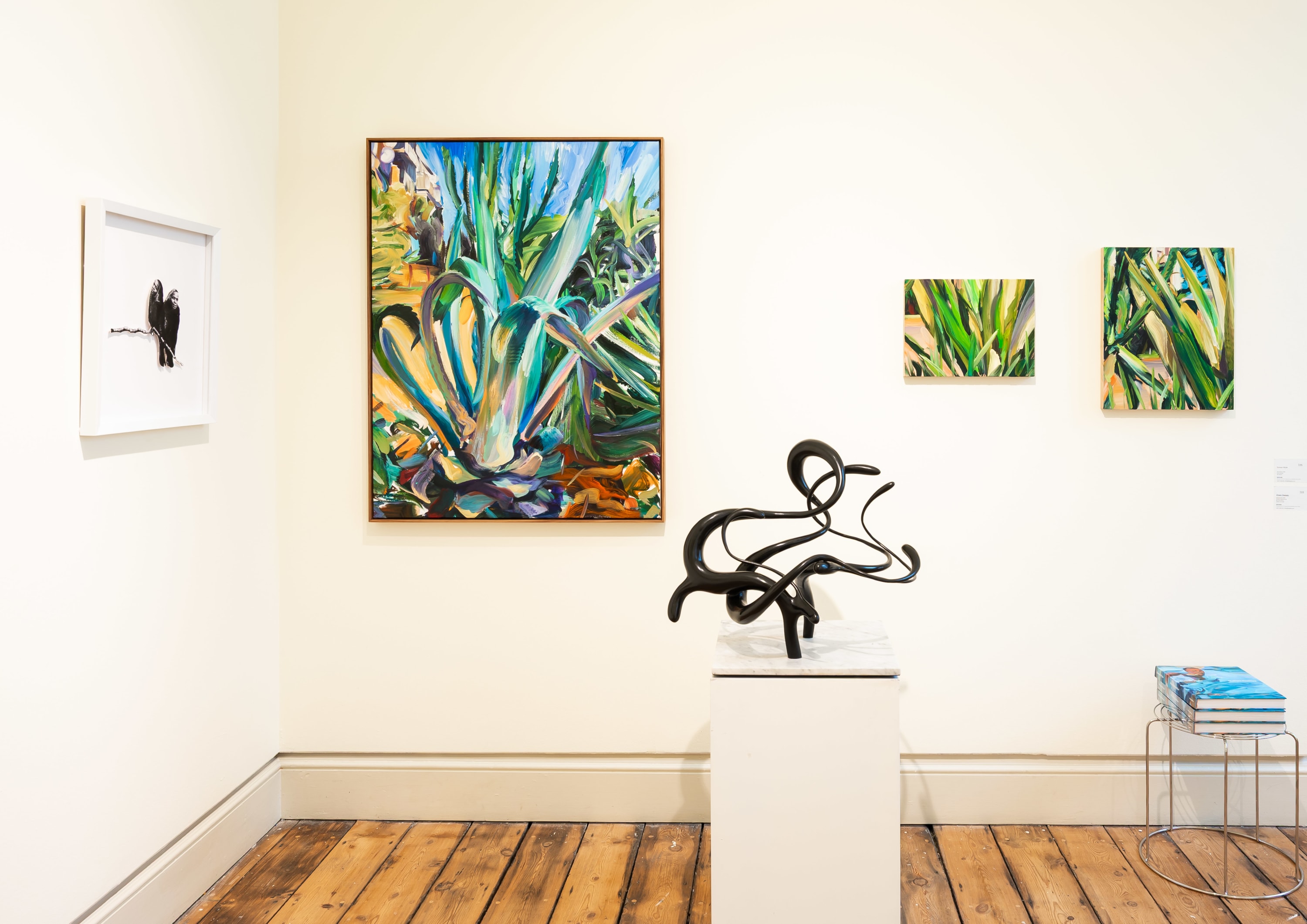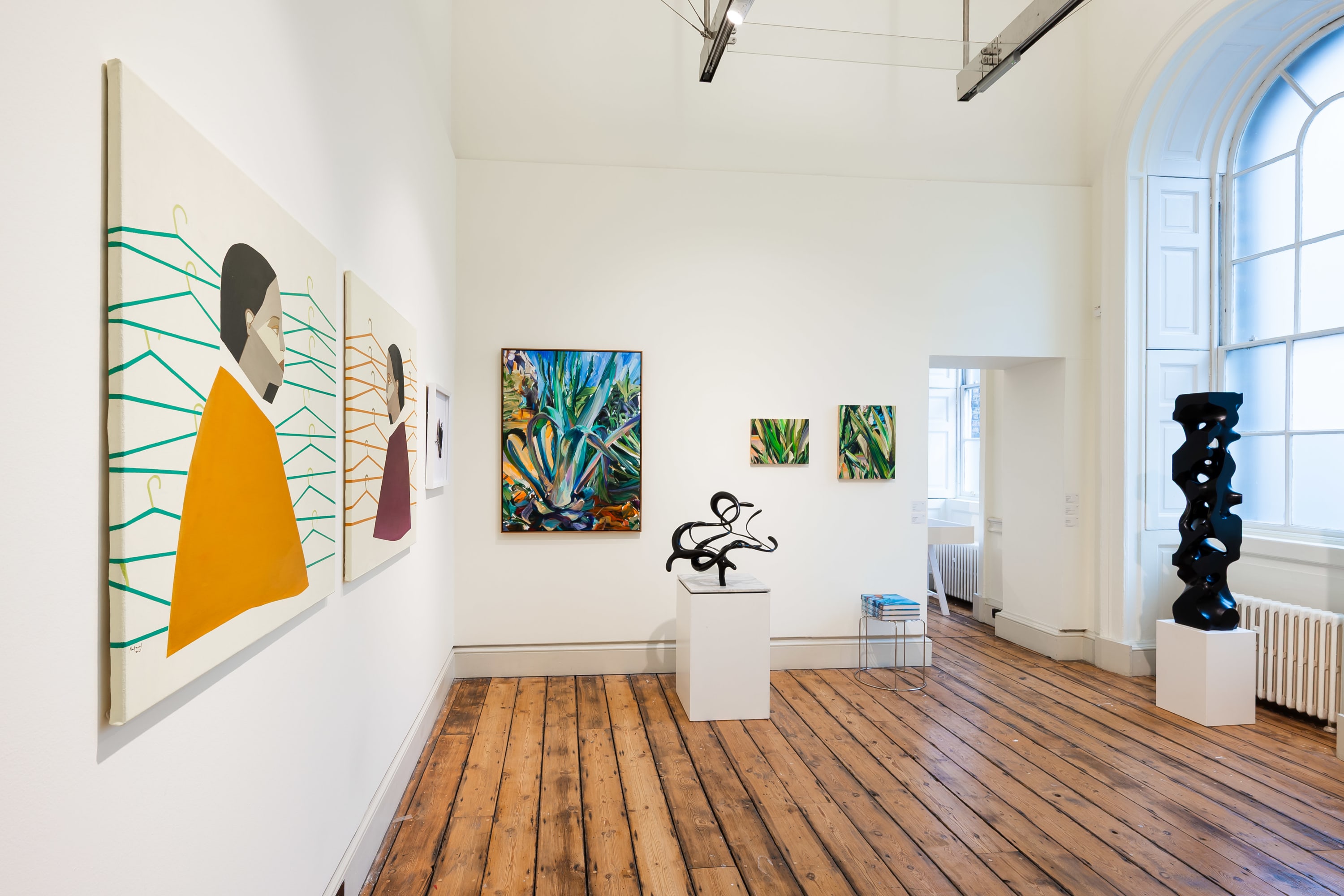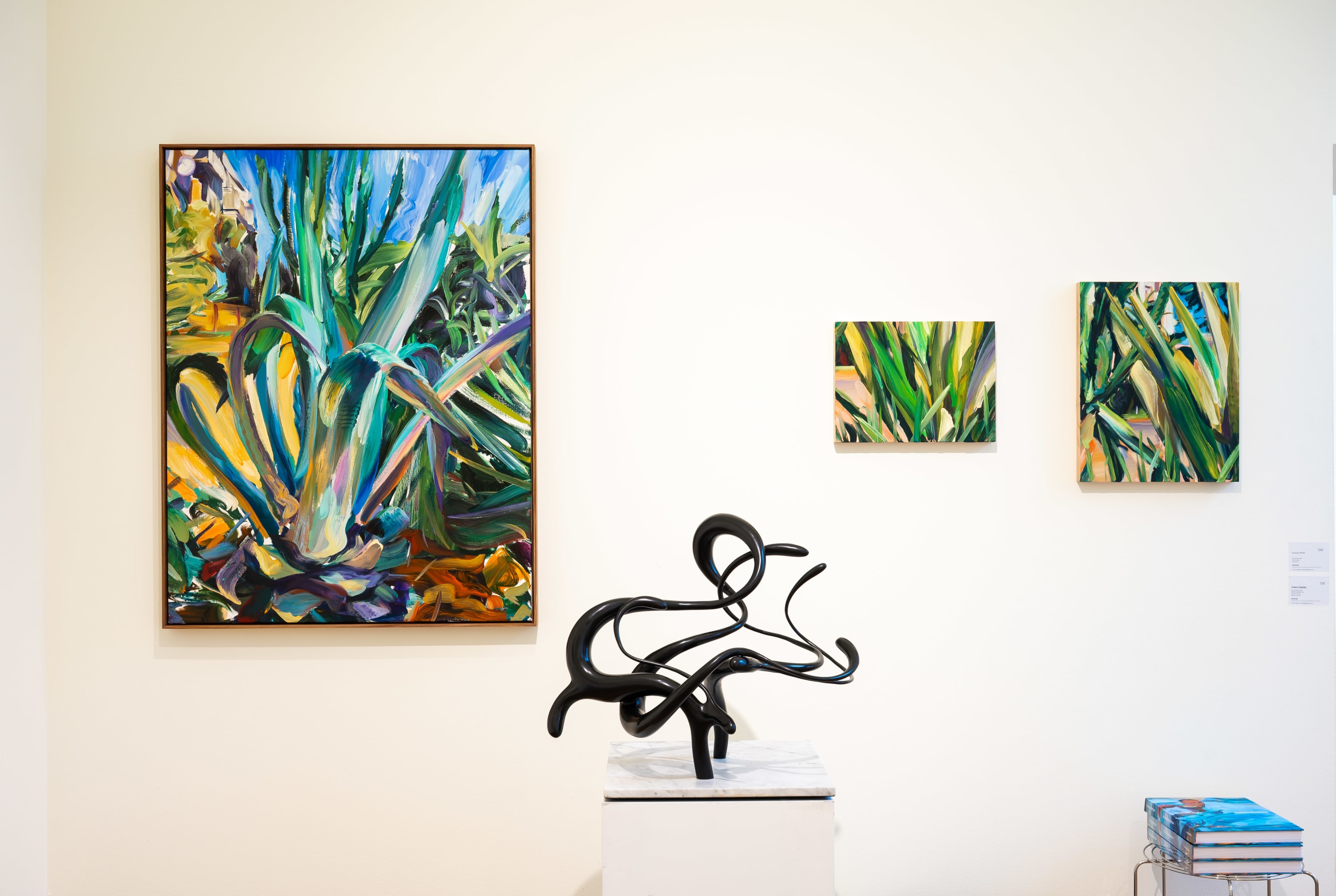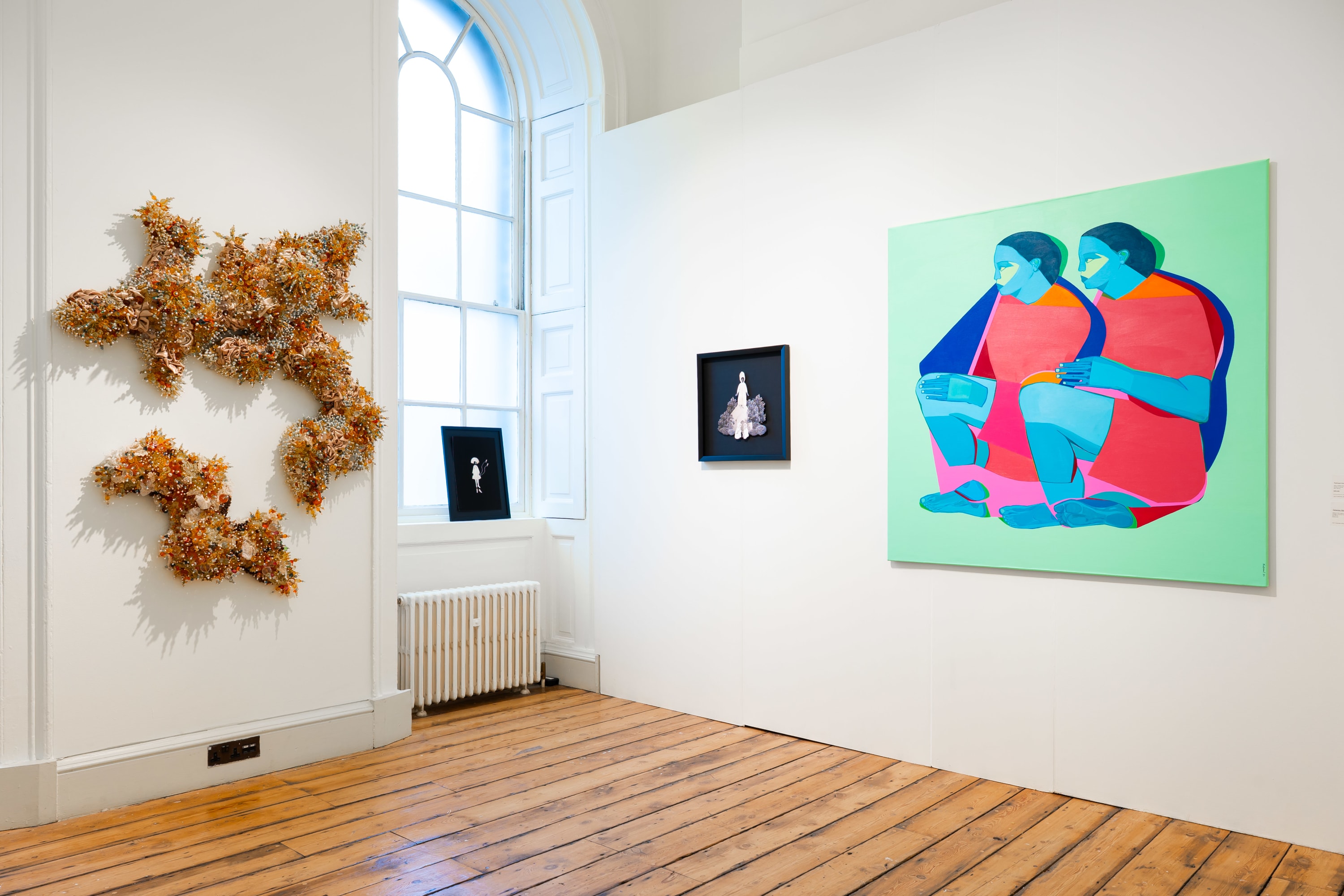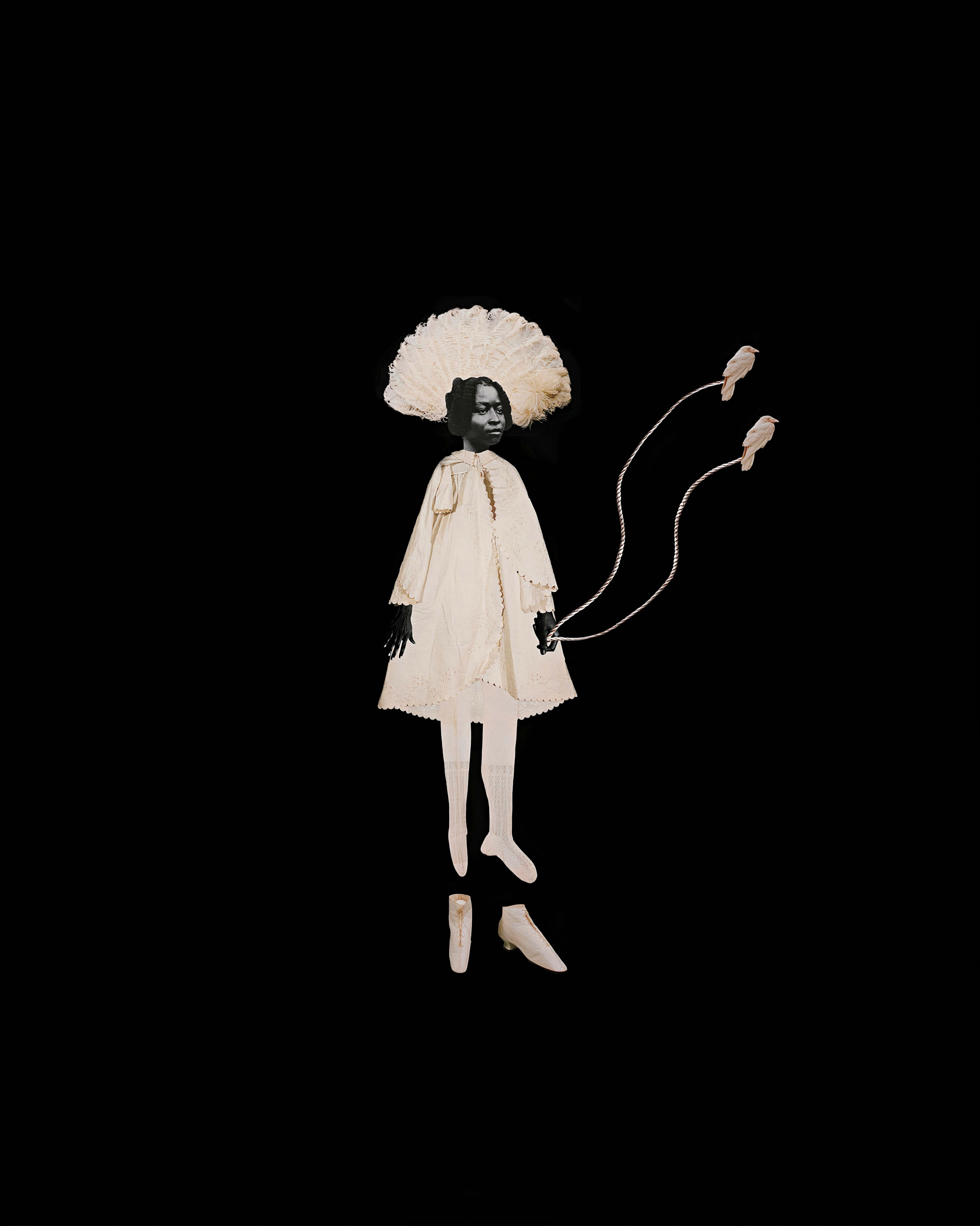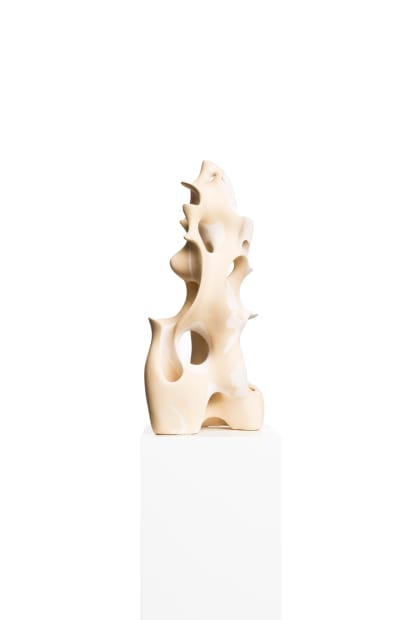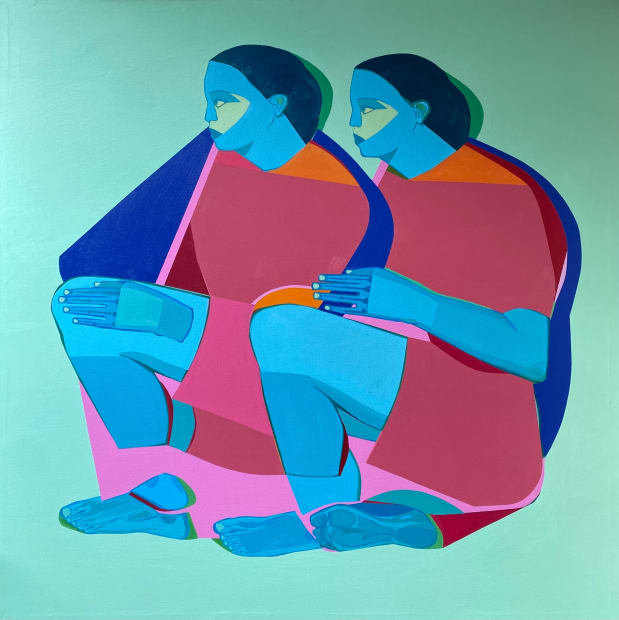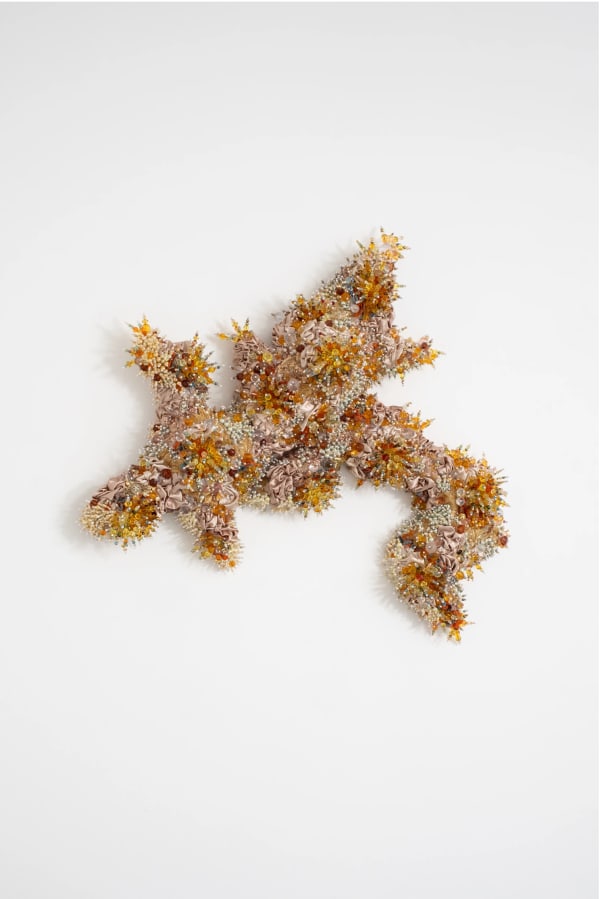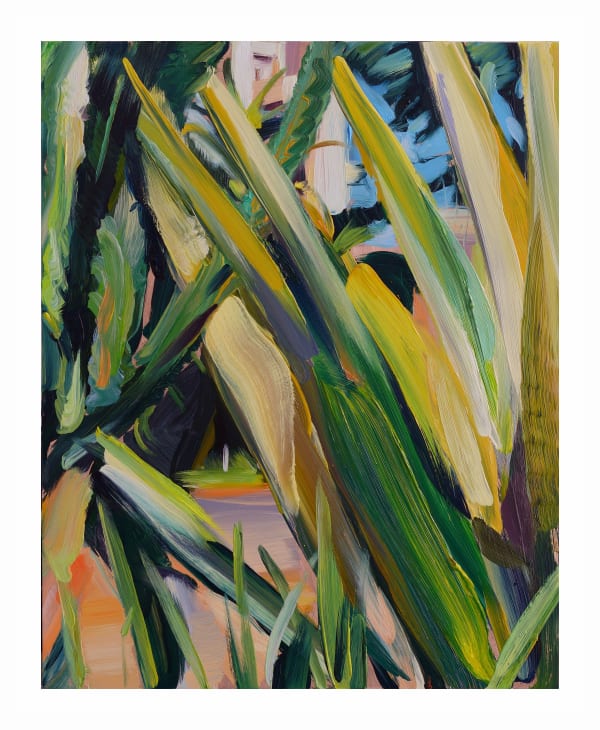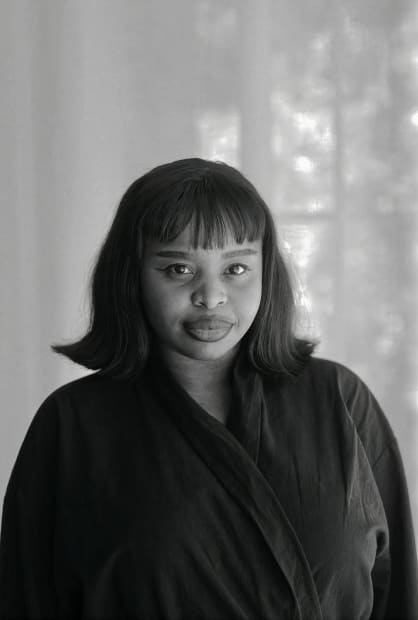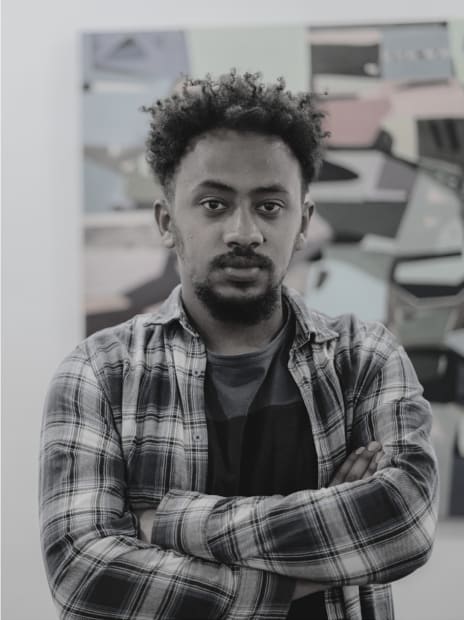-
1-54 LONDON
-
Booth E12
Somerset House Strand, London -
What does it mean to inherit histories that resist closure?How do fragments of memory, intimate, unstable, and contingent, return in ways that demand ethical reworking, reconfiguration, and interpretive negotiation?
-
THK Gallery’s presentation at 1-54 Contemporary African Art Fair situates the practices of Tshepiso Moropa, Driaan Claassen, Natnael Ashebir, Sahlah Davids and Duncan Wylie within these persistent interrogations of archival authority, memory, and temporality.
Reading through the lens of archival theory and performative memory, the works of Moropa, Claassen, Davids, and Ashebir interrogate the archive not as a static repository but as a dynamic, mutable site where history, memory, and material converge. This framework aligns with Derrida’s notion of “Archive Fever,” where archives are sites of authority and power, shaping what is preserved, forgotten, or reimagined.
-

Tshepiso Moropa
The Ride Home, 2024Moropa’s collages splice images, oral traditions, and dreamscapes into layered constellations of Black womanhood and ancestral presence. Her practice destabilizes conventional archival narratives, reconstituting the archive as a generative space that remembers, fractures, and dreams. Claassen’s sculptural forms, born from the dialogue between ancient bronze casting and contemporary digital fabrication, extend this meditation into material and metaphysical thresholds. His work inhabits the space between order and chaos, matter and consciousness, cultivating a sense of liminality where perception, embodiment, and psyche intersect. -
From this interstitial space, Ashebir’s practice unfolds-spanning painting, drawing, and photography to map the emotional and spatial terrains of contemporary urban life. Weaving archival imagery with lived experience, his series Layers of Life functions as an unorthodox archive, attentive to the impermanence and multiplicity of belonging. Through deliberate yet spontaneous gestures, he captures the rhythm of cities in flux, tracing how social, cultural, and historical forces shape the architecture of self and place. His works offer quiet meditations on the beauty within imperfection, on the shifting boundaries between isolation and connection.
-

-

-
-
Davids deepens these explorations through beadwork, upholstery, and assemblage, mobilizing Cape Muslim craft traditions to materialize histories of resilience, belonging, and spiritual inheritance. Her practice enacts memory as both tender and weighty, foregrounding its ethical, affective, and relational dimensions. Each bead, each thread, becomes a tactile invocation of care, a way of remembering that is also an act of becoming.
Wylie’s paintings mirror this search for balance between fragmentation and coherence. Through layered expressionist brushwork and vibrant colour, his work traces the tensions between construction and deconstruction, order and chaos, belonging and displacement. In his paintings, gestures unfold as both rupture and repair, evoking the psychic terrains of instability and renewal. Across these layers of paint, as with the practices of Moropa, Claassen, Ashebir, and Davids, emerges an ongoing inquiry into how memory, matter, and imagination coalesce, each artist extending the archive as a living, breathing field of transformation.
-
In juxtaposition, these practices transform the exhibition space into an epistemic field, less an exhibition than a site of temporal and material negotiation. Fragments are preserved only to be reconfigured; the past is neither stable nor complete but porous, contingent, and generative. Collectors encounter works that are rigorous, intimate, and charged with the tensions between rupture and renewal, inheritance and invention.
At 1-54, a fair dedicated to contemporary African and diasporic voices, this presentation stakes a critical claim: the archive is not behind us, sealed or finalized, but a living locus of engagement. Moropa, Claassen, Davids, and Ashebir do not offer closure or resolution; they stage openings, demonstrating that memory, material, and history can be reimagined, reactivated, and carried differently. Their practices compel encounters with time itself, urging viewers to inherit, unsettle, and dream anew.
-
THK Gallery presents
Tshepiso Moropa -
-
